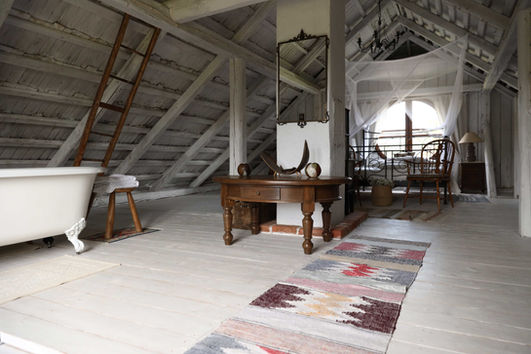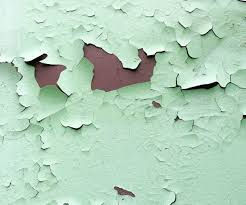Awareness of its presence is vital to mitigate these risks which makes it extremely important to have buildings tested for lead. Although its use in building materials has been phased out and it is now heavily regulated in the United States, the presence of lead is still detected in painted surfaces built before 1980.
Lead exposure from lead paint, including lead contaminated dust, is one of the most common causes of lead poisoning. When lead is absorbed into the body, it can cause serious health effects and can lead to brain damage and harm to the cardiovascular, reproductive and nervous systems.
The EPA recommends a state certified Lead Inspector/Risk Assessor, like our professionals at TRUST Environmental Solutions, conduct a Lead Paint Survey when there is concern over lead exposure and/or before a building built before 1980 undergoes remodeling, repair or remediation.
LEAD PAINT SURVEYS
Lead exposure can be a significant risk to the health of building occupants and the risks should not be taken lightly. Awareness of its presence is vital to mitigate these risks which makes it extremely important to have buildings tested for lead. Although its use in building materials has been phased out and it is now heavily regulated in the United States, the presence of lead is still detected in painted surfaces built before 1980.
Lead Uses and Lead Poisoning
Lead is a highly malleable and durable heavy metal very resistant to corrosion. Because of its corrosion resistant properties, lead is used in roofing, some electric cable coverings and in water pipes and conduits. Elements of lead were also widely employed in paint to aid in accelerating drying times, creating a long-lasting finish and adding moisture resistance. Lead paint was used in residential and commercial buildings (both interior and exterior), décor, artwork and children’s toys.
Over time, lead paint begins to deteriorate and fleck creating lead containing dust. This dust can also be created when paint is disturbed during remodeling, repairs or remediation and can even reach the soil and water supply. Lead paint and lead contaminated dust is one of the most common causes of lead poisoning. When lead is absorbed into the body, it can have serious health effects and can lead to brain damage and harm to the cardiovascular, reproductive and nervous systems. Lead exposure is especially dangerous to children by also causing behavioral problems. The Centers for Disease Control and Prevention states that children from 6 months to 6 years of age are at the most risk from the effects of lead exposure or ingestion.
When lead is inhaled or ingested, it is disbursed throughout the body and deposits of lead remain in bones, organs, and the bloodstream. These toxic compounds accumulated over a long period of time are retained by the body -which is a phenomenon known as cumulative poisoning- and it continues to accumulate until a lethal quantity is reached.
Why are Lead Paint Surveys Necessary?
Lead Paint Surveys are crucial because of the extreme health risks of lead exposure. A Lead Survey/Risk Assessment informs building occupants if lead is present in the water, soil, dust
or paint in or around the property. Because the physical ramifications of lead is such a critical issue, the EPA (Environmental Protection Agency) recommends a state certified Lead Inspector/Risk Assessor, like our professionals at TRUST Environmental Solutions, conduct a Lead Paint Survey when there is concern over lead exposure. A state certified Lead Inspector is also recommended if a building built before 1980 undergoes remodeling, repair or remediation. The EPA’s 2008 Lead-Based Paint Renovation, Repair and Painting (RRP) Rule requires workers to be certified in lead-safe work practices so knowing if Lead is present is essential for contractors before any work commences in properties built before 1980.
During Lead Surveys, the Lead Inspector/Assessor examines any deteriorating paint and evaluates the extent and cause of deterioration. Water and soil in and around the building may also be tested. Additionally, if the building is older than 1980, painted surfaces (whether deteriorating or not) that will be disturbed during remodeling, repair or remediation are tested for lead using an X-Ray Fluorescence (XRF) Analyzer which measures lead in the paint without damaging the painted surface or paint chip or wipe samples that are analyzed by an American Industrial Hygiene Association accredited laboratory. Upon receipt of the analytical data, a comprehensive Lead Paint Survey report will be issued to all relevant parties which outlines the analytical findings and includes a lead abatement recommendations plan.
Once the contractor has completed the Lead Abatement, a Post Abatement Lead Paint Inspection is conducted to ensure the work has been carried out to the highest industry standards and the Lead has been properly and safely abated.










